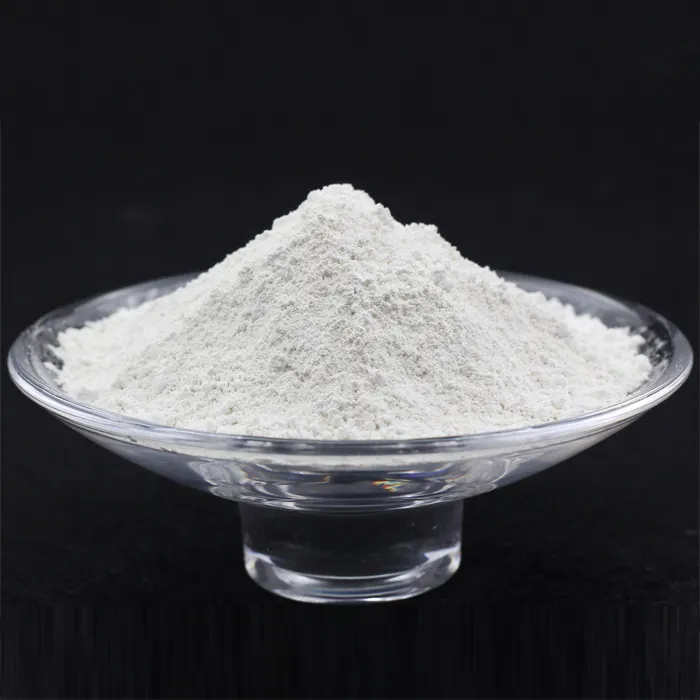Understanding Polyacrylamide Production
Polyacrylamide (PAM) is a synthetic polymer made from acrylamide monomers. It has gained significant attention in various industries due to its remarkable properties and versatility. This article elaborates on the production process, applications, and environmental considerations of polyacrylamide.
Production Process
The production of polyacrylamide involves the polymerization of acrylamide, typically through a process called free-radical polymerization. This procedure can be conducted in aqueous or non-aqueous environments, though aqueous systems are more common due to their efficiency and environmental benefits.
The first step in the production of PAM is the synthesis of acrylamide, which is often derived from propylene. In the presence of water and a catalyst, acrylonitrile is hydrolyzed to produce acrylamide. After acrylamide synthesis, the polymerization takes place. Various initiators, such as potassium persulfate or ammonium persulfate, are used to generate free radicals, which start the polymer chain reaction. The reaction temperature and conditions are meticulously controlled to ensure a high molecular weight of the polymer, which is critical for its performance.
Once polymerization is completed, the product is generally in the form of a viscous solution. It is then purified through precipitation processes to remove unreacted monomers and other impurities, followed by drying to create a powder or granule form, which is easier to handle and transport.
Applications
polyacrylamide production

Polyacrylamide has a wide range of applications, primarily in water treatment, agriculture, and the oil and gas industry. In water treatment, it acts as a flocculant, aiding in the separation of solid and liquid phases in wastewater. This property is crucial for removing contaminants and ensuring safe discharge into the environment.
In agriculture, PAM is used as a soil conditioner, improving water retention and reducing erosion. This enhances crop yield and contributes to sustainable farming practices. Additionally, in the oil and gas industry, PAM is utilized for hydraulic fracturing and enhanced oil recovery processes due to its viscosity and ability to stabilize emulsions.
Environmental Considerations
While polyacrylamide offers numerous benefits, its production and use raise environmental concerns. The primary issue stems from the handling of acrylamide, which is a toxic and potentially carcinogenic substance. Therefore, stringent safety measures must be in place during production and application to minimize exposure and environmental impact.
Moreover, researchers are continually exploring biodegradable alternatives to synthetic polyacrylamide. Advances in biopolymer research aim to reduce dependency on synthetic materials, thereby addressing ecological concerns while still meeting industrial demands.
Conclusion
The production of polyacrylamide is a complex process that balances efficiency and safety. Its applications are vast and impactful, but they come with environmental responsibilities. Looking ahead, the development of safer, eco-friendly alternatives holds promise for the future of polyacrylamide and its role in various industries. As technology evolves, so too can the methods for responsible production and use of this versatile polymer.

